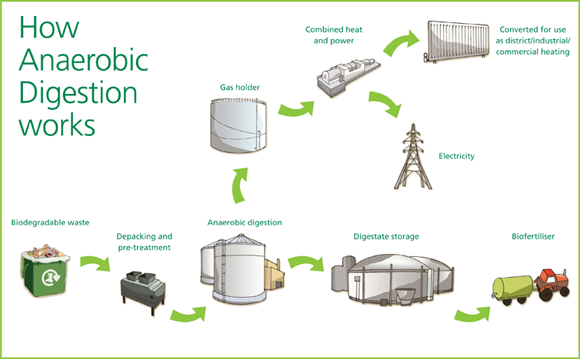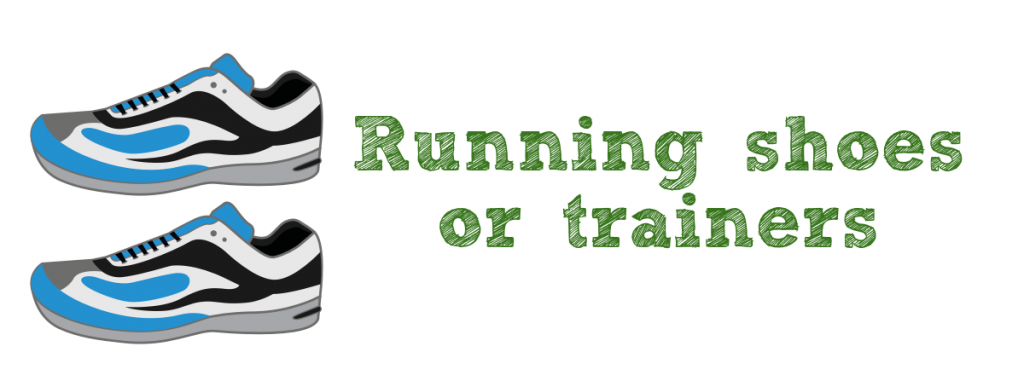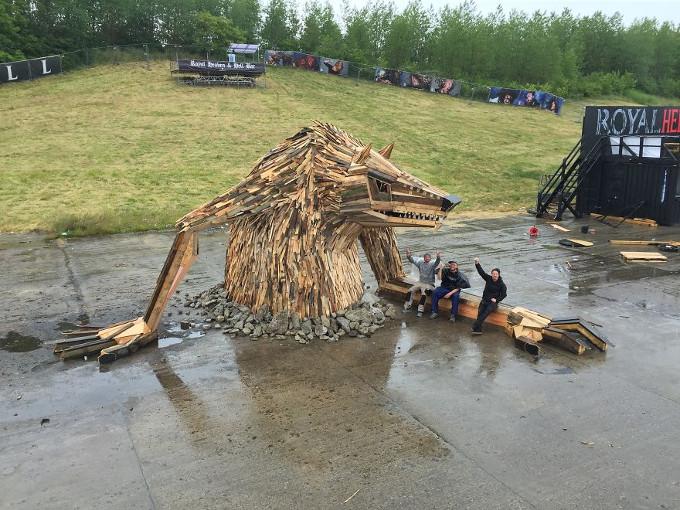Food waste
The best thing to do with waste is not to produce it. Unfortunately many organisations generate unavoidable wastes, including food waste. This note looks at the options for the collection of food wastes in order to reduce environmental impact and to derive some benefit from those wastes.
Legislation and Regulations
The Landfill Directive and the Animal By-Products Regulation have a direct impact on the treatment and disposal of food waste in the UK and in the EU as a whole.
The EU Landfill Directive places limits on the amount of Biodegradable Municipal Waste (BMW) that can be sent to landfill. BMW is waste that will breakdown through the action of bacteria, fungi and other living organisms. It is usually composed of waste from materials that have originated from plants or animals. Examples include food, paper and cardboard.
In the UK the amount of BMW being disposed of to landfill must be reduced to 35% of that disposed of in 1995 by 2020. BMW is a part of waste from municipal collections, and therefore does not apply directly to organic wastes collected as part of purely commercial waste collections.
Commercial waste collection has been affected by another aspect The Landfill Directive that came into place on October 2007. This requirement applies to organic wastes as well as other non-inert wastes. Businesses are advised to discuss how they should pre-treat their waste with their waste collection contractor. In some cases, pretreatment can be addressed simply by segregating waste before collection.
The Animal By-Products Regulation (ABPR) lays out the requirements for the collection, treatment and disposal of waste that includes animal by-products. This regulation therefore applies only to food wastes that contain animal materials, but not to pure vegetable wastes. The ABPR defines three types of animal by-products (Categories 1, 2 and 3). Category 3 animal by-products are the potentially least harmful, and include catering wastes generated within the UK. Catering waste is the animal by-product material most likely to be produced by public sector organisations in the UK and includes all waste food originating in restaurants, catering facilities and kitchens.
Category 3 animal by-products can be treated and/or disposed of by:
- Composting
- Anaerobic Digestion
- Incineration
- Rendering followed by incineration or landfill
- Landfill
Treatment and Disposal Options
The treatment/disposal options which derive benefit from catering wastes or other food wastes are composting or anaerobic digestion. Benefit can also be derived from incineration if the energy created from the combustion of food waste (which in most cases has a net positive energy value) is recovered and used beneficially for electricity generation, steam or hot water production or space heating. These treatment options are described in outline below.
Composting
 Composting is a process that speeds the natural break down by microorganisms of complex organic matter into simple, nutritious top soil. Composting requires water, air and waste organic material with a good nitrogen to carbon ratio.
Composting is a process that speeds the natural break down by microorganisms of complex organic matter into simple, nutritious top soil. Composting requires water, air and waste organic material with a good nitrogen to carbon ratio.
Under properly controlled conditions the compost will generate heat during decomposition, and the temperatures reached in the compost kill harmful bacteria that might be present in the original waste material. (The ABPR sets out the temperature/time requirements for treating waste containing animal by-products).
There are a number of commercial types of composting facility, including:
- Aerated Static Pile (ASP) is a system that uses a pump to force air through the pile of waste to aid the composting process. ASP composting systems require less land area than needed to compost equivalent quantities of material by open windrow, but requires capital investment in pipework and air supply.
- In-vessel composting takes place in specially designed vessels that control moisture, temperature and aeration of the composting process. They can maintain a rapid decomposition process year-round regardless of the external ambient conditions.
- Worm Composting/ Vermicomposting is the process of using earthworms to break down kitchen and garden waste, to create faster than normal composting. Vermiculture is the rearing of worms for the purpose of making compost, to improve the condition of soil.
Anaerobic Digestion
Anaerobic digestion is a natural process that can be used to create energy from food and other organic wastes. In the AD process, organic matter is broken down in the absence of oxygen to generate biogas, which can be used to generate electricity and heat (CHP). If upgraded by cleaning the biogas may also be used as a vehicle fuel. The biogas produced is mainly methane and carbon dioxide, and the former is a renewable energy source.
During the process the waste material is reduced to a compost-like soil conditioner and a liquid fertilizer. The process kills dangerous bacteria, making the compost safer than the active waste from which it is derived. The liquid fertilizer can be used to improve soil fertility and displace inorganic fertilizers which use fossil fuels in their production.
The AD process has proven to be successful in a number of European countries but is relatively scarce in England and the rest of the UK.

Anaerobic Digestion Process Diagram
The cost of anaerobic digestion drops with increasing scale of operation, and therefore AD is not seen as an on-site option for the treatment of food wastes, except at larger manufacturing facilities which produce many tonnes of food waste each day.
Incineration
Incineration of waste in the UK has traditionally been viewed as a disposal option, with the main purpose being the destruction of waste. The recovery of energy generated from the waste has in the past not been seen as important in the UK and much of the energy generated was vented to the atmosphere and not recovered and used. The picture is now changing and modern waste incineration usually generates electrical power from the heat generated.
In some cases, incineration facilities also operate as CHP facilities, with the waste heat also being used, for example, for hot water or space heating. The benefit of operating as a CHP facility is that any electricity generated from the organic fraction of the waste qualifies for Renewable Obligation certificates if the facility is classified as good quality CHP. These certificates have a financial value and essentially allow the electricity generated to be sold at a significantly higher price.
Waste incineration has traditionally been a centralised process with waste being collected and transported to a large facility. However, it is possible to install and operate on-site economically viable incineration and energy recovery facilities at larger waste producing facilities. Such sites need to generate at least several tonnes of waste per day and have a significant sink for excess heat.
An often quoted, potential drawback of incineration facilities is that incineration plant can accept mixed wastes, without the need for sorting or segregation. This can mean that energy is recovered from materials that might have been treated by methods higher up the waste hierarchy (e.g., reuse or recycling).
Advanced Thermal Technologies
Advanced thermal technologies such as gasification and pyrolysis can also be used to treat and recover energy from food waste. As for conventional incineration plant, such technologies are subject to the requirements of the Waste Incineration Directive, which sets emission and operational controls on individual installations. Installations that incorporate advanced thermal technologies are also classified as incineration plant under the ABPR.
Food Waste Treatment and Disposal in England
 Landfill has been the main means of disposal of food wastes in England and there have traditionally been relatively few other treatment or disposal options. However, there are now commercially operating, ABPR compliant composting and vermi-composting facilities in England. These facilities require food waste to be free of packaging and other contamination before the waste is collected and transported to the facility.
Landfill has been the main means of disposal of food wastes in England and there have traditionally been relatively few other treatment or disposal options. However, there are now commercially operating, ABPR compliant composting and vermi-composting facilities in England. These facilities require food waste to be free of packaging and other contamination before the waste is collected and transported to the facility.
Mixed waste can be composted, with packaging being separated either pre- or post- composting. The disadvantage of composting mixed wastes is that the resulting compost does not meet the PAS 100 composting standard, reducing the market price and limiting potential markets for the resulting compost.
As for composting, the food waste to be treated at anaerobic digestion facilities needs to be free of packaging and other contamination to maximize the markets and value of the resulting compost.
Food Waste Collection
Both composting and anaerobic digestion are likely to require the collection of segregated food wastes. A number of local authorities are establishing food waste collection rounds, and it is possible that commercial or public sector organizations could be included in these rounds. The operators of composting facilities are also looking to establish commercial food waste collection rounds, to increase the available waste feed into the composting sites.
Successful food waste collection requires the effective separation and hygienic storage of food wastes prior to collection. The operational requirements of implementing such a system are being investigated by a number of catering companies in England.

























 Composting is a process that speeds the natural break down by microorganisms of complex organic matter into simple, nutritious top soil. Composting requires water, air and waste organic material with a good nitrogen to carbon ratio.
Composting is a process that speeds the natural break down by microorganisms of complex organic matter into simple, nutritious top soil. Composting requires water, air and waste organic material with a good nitrogen to carbon ratio.
 Landfill has been the main means of disposal of food wastes in England and there have traditionally been relatively few other treatment or disposal options. However, there are now commercially operating, ABPR compliant composting and vermi-composting facilities in England. These facilities require
Landfill has been the main means of disposal of food wastes in England and there have traditionally been relatively few other treatment or disposal options. However, there are now commercially operating, ABPR compliant composting and vermi-composting facilities in England. These facilities require 



